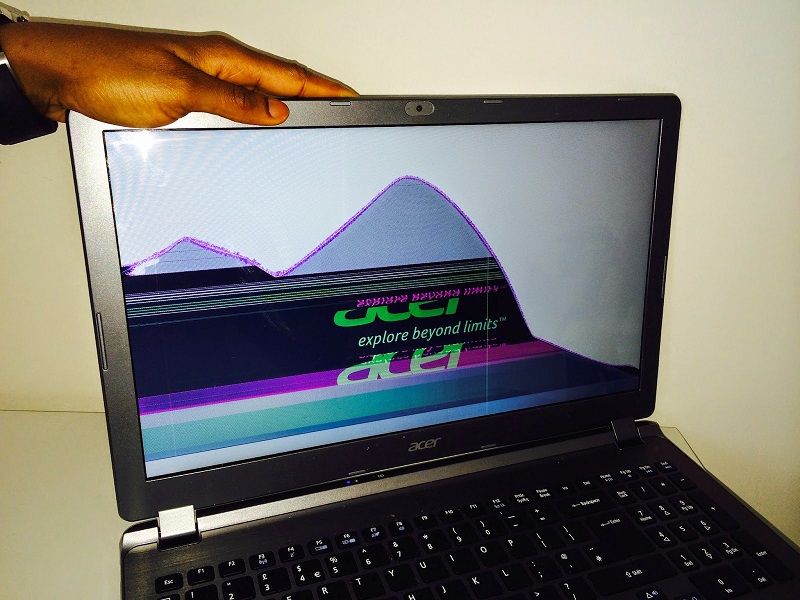
How to Program an LCD Screen: A Comprehensive Guide
In today's day and age, LCD screens have become an integral part of our lives. From smartphones to smartwatches, from industrial equipment to medical devices, the application of LCD screens has become ubiquitous. If you're wondering how to program an LCD screen, this guide is for you.
ShenZhen New Display Co.,Ltd. is a leading manufacturer of high-quality LCD displays for various applications. Established in 2014, they have invested in the research and development of LCD displays for wearable devices, smartwatches, VR, medical devices, industrial equipment, and more.
Before we dive deep into programming an LCD screen, let's first understand what an LCD screen is and how it works.
What is an LCD Screen?
An LCD (liquid crystal display) screen is a type of flat panel display used for electronic devices. It consists of several layers, including a backlight, a polarizer, a layer of liquid crystal, and a second polarizer. The liquid crystal layer controls the transmission of light to display images.
A key feature of LCD screens is that they use very little power. This makes them ideal for use in devices where power consumption is a key consideration.
Now that we know what an LCD screen is, let's look at the steps involved in programming one.
Step 1: Choose the Right Hardware
The first step in programming an LCD screen is to choose the right hardware. There are several hardware options available, depending on your requirements. ShenZhen New Display Co.,Ltd. offers various LCD displays with different resolutions, sizes, and interfaces.
Once you have chosen the hardware, you will need to connect it to your device using the appropriate connectors and cables.
Step 2: Choose the Right Programming Language
The next step is to choose the right programming language. There are many programming languages available, including C, C++, Python, Java, and more. It's important to choose a programming language that is compatible with the hardware you have chosen.
Step 3: Write the Code
Once you have chosen the programming language, you can start coding your LCD screen. Depending on the hardware and programming language you have chosen, you may need to use specific libraries and SDKs.
The code you write will control what is displayed on the LCD screen. You can program the screen to display images, text, animations, and more.
Step 4: Test the Code
Once you have written the code, it's time to test it. This is an essential step, as it allows you to identify any errors or bugs and make any necessary corrections.
Testing the code involves running it on the hardware you have chosen and checking the output displayed on the LCD screen.
Step 5: Fine-Tune the Code

After testing the code, you may need to make further changes and fine-tune it. This involves optimizing the code for performance, fixing any remaining bugs, and adding any additional features you require.
Final Thoughts
Programming an LCD screen can seem like a daunting task, but with the right hardware, programming language, and code, it can be an enjoyable and rewarding experience. ShenZhen New Display Co.,Ltd. has a wide range of LCD displays available, making it easy for you to choose the right hardware for your needs.
By following the steps outlined in this guide, you can program an LCD screen and take advantage of the numerous benefits it offers. Happy coding!